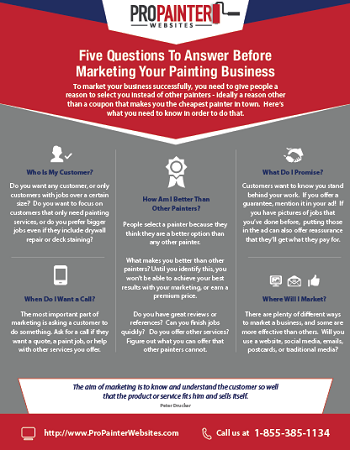Examine The Role Of Seasonal Factors In The Success Of Commercial Exterior Painting And Reveal The Very Best Times To Protect Long Lasting Outcomes For Your Job
Examine The Role Of Seasonal Factors In The Success Of Commercial Exterior Painting And Reveal The Very Best Times To Protect Long Lasting Outcomes For Your Job
Blog Article
Post Writer-Carlson Whalen
When you're intending a commercial exterior painting job, seasonal aspects can make or damage your outcomes. You'll wish to take into consideration how temperature level and humidity effect paint application and drying times. Selecting the best season can ensure your paint sticks appropriately and lasts longer. However which seasons are genuinely the most effective for this sort of work? Let' hop over to this site out the crucial elements that can affect your task's success.
The Effect of Temperature Level on Paint Application
When you're planning a commercial external paint task, the temperature can dramatically impact exactly how well the paint adheres and dries.
Preferably, you wish to repaint when temperature levels range in between 50 ° F and 85 ° F. If maple grove house painting 's as well cool, the paint might not cure effectively, resulting in concerns like peeling or splitting.
On the other side, if it's too hot, the paint can dry out as well promptly, stopping appropriate adhesion and resulting in an unequal coating.
You need to likewise take into consideration the moment of day; morning or late afternoon offers cooler temperature levels, which can be much more desirable.
Constantly examine the manufacturer's referrals for the particular paint you're utilizing, as they usually offer guidance on the perfect temperature level array for ideal outcomes.
Moisture and Its Impact on Drying Times
Temperature level isn't the only ecological factor that affects your commercial outside painting task; humidity plays a significant function also. High humidity degrees can decrease drying times drastically, impacting the general quality of your paint task.
When the air is saturated with wetness, the paint takes longer to heal, which can cause problems like poor attachment and a higher danger of mold development. If you're repainting on an especially humid day, be planned for extended wait times in between layers.
It's crucial to keep track of local weather conditions and strategy appropriately. Ideally, aim for humidity degrees between 40% and 70% for optimum drying.
Keeping these consider mind guarantees your project remains on track and provides an enduring finish.
Best Seasons for Commercial Exterior Painting Projects
What's the very best time of year for your industrial external paint tasks?
Spring and very early fall are typically your best options. During these periods, temperatures are light, and moisture levels are frequently reduced, producing optimal conditions for paint application and drying.
Avoid summer season's intense heat, which can create paint to completely dry as well promptly, leading to bad bond and coating. Likewise, winter months's chilly temperatures can prevent correct drying out and healing, running the risk of the durability of your paint task.
Go for days with temperatures in between 50 ° F and 85 ° F for ideal results. Keep in mind to check the regional weather forecast for rainfall, as damp problems can wreck your job.
Planning around these factors guarantees your painting project runs smoothly and lasts much longer.
Conclusion
In conclusion, planning your industrial exterior painting projects around seasonal considerations can make a considerable difference in the result. By scheduling job during the ideal temperatures and moisture levels, you'll ensure much better bond and drying out times. Remember to watch on local weather prediction and choose the right time of year-- springtime and very early loss are your best bets. Taking these steps will certainly assist you accomplish a resilient and professional surface that lasts.
